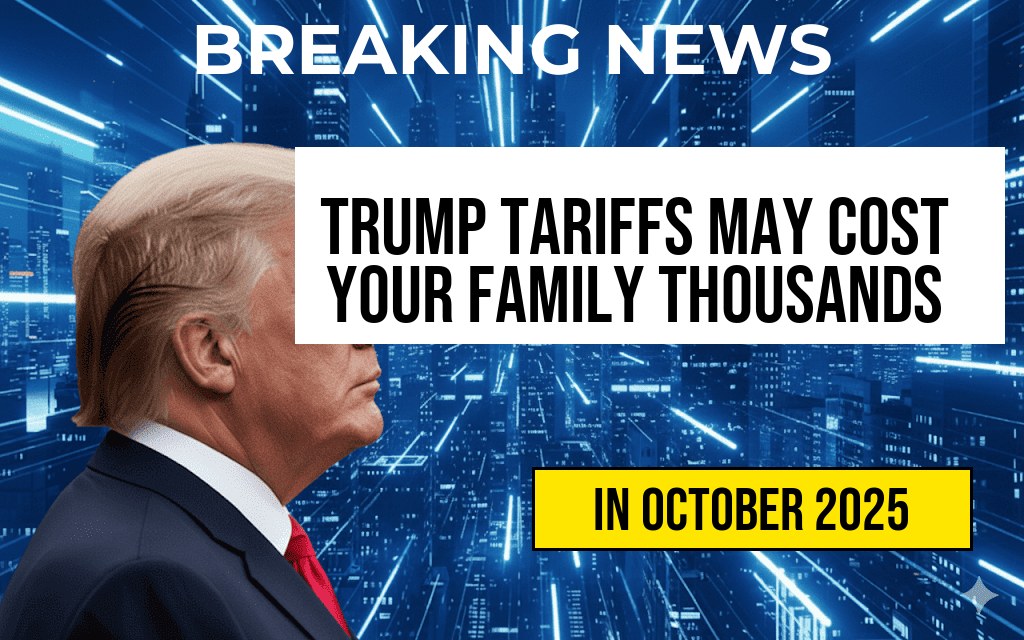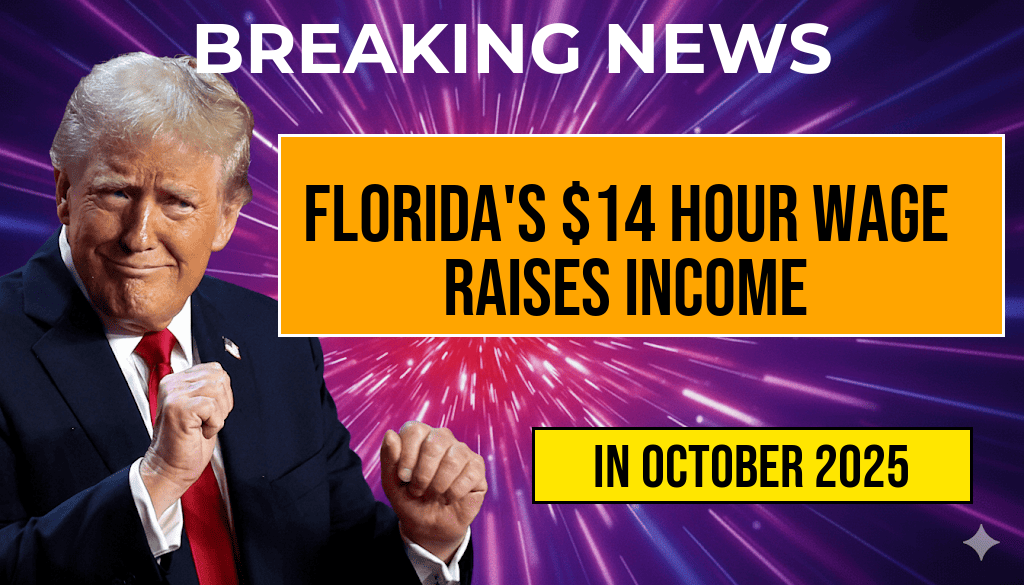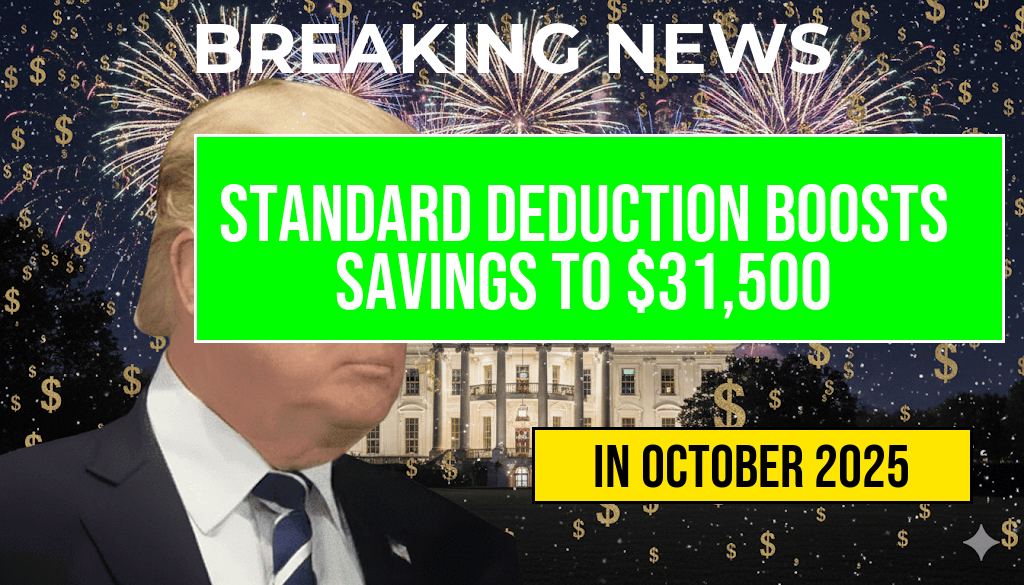Recent analysis suggests that the tariffs imposed during the Trump administration could be quietly increasing the average American household expenses by approximately $2,400 annually. Dubbed the “Turbulence Tax” by economists, these tariffs on imported goods—from electronics and clothing to furniture and automotive parts—may appear indirect but have tangible effects on consumer prices. While the administration argued that tariffs protected domestic industries, critics highlight that the added costs ripple through the economy, ultimately burdening families. This article explores how these trade policies translate into higher living costs, the mechanisms behind this hidden tax, and what consumers need to understand about their everyday expenses.
The Mechanics of Tariffs and Consumer Costs
Tariffs are essentially taxes levied on imported goods, intended to make foreign products more expensive and encourage domestic production. However, when tariffs are implemented, their costs rarely stay confined to international trade negotiations. Instead, importers often pass these costs onto consumers through higher retail prices. This transfer effect becomes especially pronounced when tariffs target widely used goods such as electronics, clothing, and vehicles.
How Tariffs Influence Market Prices
- Manufacturers and Retailers: When tariffs increase the cost of imported components or finished goods, companies face higher expenses. Many choose to pass these costs onto consumers rather than absorb them, leading to elevated retail prices.
- Supply Chain Disruptions: Tariffs can also cause delays and shortages, prompting manufacturers to source from more expensive domestic suppliers or alternative countries, further driving up costs.
- Consumer Impact: As a result, everyday products such as smartphones, clothing, and furniture become more expensive, adding up over time.
Estimating the Financial Impact on American Families
A recent study estimates that the cumulative effect of these tariffs could amount to an additional $2,400 annually for the average family. This figure accounts for increased prices across various categories, including electronics, apparel, and automobiles, which constitute significant portions of household budgets.
Breakdown of Additional Annual Expenses
| Category | Additional Cost |
|---|---|
| Electronics & Appliances | $600 |
| Clothing & Apparel | $500 |
| Automotive Parts & Vehicles | $700 |
| Furniture & Home Goods | $300 |
Broader Economic Consequences
The ripple effects of these tariffs extend beyond individual families. Higher consumer costs can dampen retail sales, slow economic growth, and even influence employment within sectors affected by increased import prices. Additionally, some industries have responded by shifting supply chains or lobbying for tariff adjustments, creating ongoing geopolitical and economic turbulence.
Potential Long-term Ramifications
- Reduced Purchasing Power: Families may find that their dollar doesn’t stretch as far, impacting savings and discretionary spending.
- Increased Inflation: Persistent tariff-related price hikes can feed into broader inflationary pressures, affecting the cost of living across the board.
- Trade Relations: Continued tariffs can provoke retaliatory measures, further complicating global supply chains.
What Consumers Can Do
Awareness of how tariffs influence prices is crucial for consumers aiming to manage household budgets. Shopping strategically, comparing prices, and seeking domestic alternatives when possible can mitigate some of the financial strain. Additionally, staying informed about policy changes and trade negotiations can help households anticipate future price shifts.
Resources for Staying Informed
- Trade War – Wikipedia
- The Cost Of Trump-Era Tariffs Amounts To $2,400 Per Family — Forbes
- U.S. Census Bureau
As trade policies continue to evolve, understanding the hidden costs associated with tariffs can empower consumers to make informed decisions. Recognizing the “Turbulence Tax” as a real and tangible factor in household expenses underscores the importance of monitoring external economic policies that influence everyday life.
Frequently Asked Questions
What are the Trump tariffs and how do they impact family expenses?
The Trump tariffs refer to import taxes imposed during the previous administration, which have led to increased costs on many goods. These higher costs are often passed down to consumers, potentially adding up to $2,400 annually for the average family, as part of what the article calls the “turbulence tax.”
How does the “turbulence tax” affect household budgets?
The “turbulence tax” represents the hidden costs resulting from tariffs, including higher prices on everyday items such as electronics, clothing, and food. This increase in prices can strain household budgets, making it more expensive for families to maintain their standard of living.
Which specific products are most affected by these tariffs?
Products like electronics, apparel, and imported food items are among the most affected by the tariffs. These higher costs contribute significantly to the additional $2,400 annual expense for families, as tariffs raise the prices of goods they frequently purchase.
Can consumers do anything to mitigate the impact of these tariffs on their expenses?
Consumers can try to reduce costs by seeking alternative domestic products, shopping during sales, or exploring different brands. However, since the tariffs are embedded in the prices, completely avoiding the impact may be challenging, and the most effective solution involves policy changes to address the tariffs themselves.
What are the broader economic implications of the “turbulence tax” for families and the economy?
The “turbulence tax” can lead to decreased purchasing power for families and may slow economic growth by reducing consumer spending. Understanding these hidden costs highlights the importance of policy decisions on tariffs and their ripple effects on everyday expenses.






